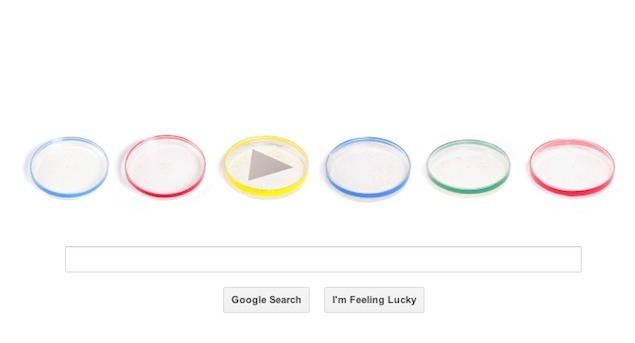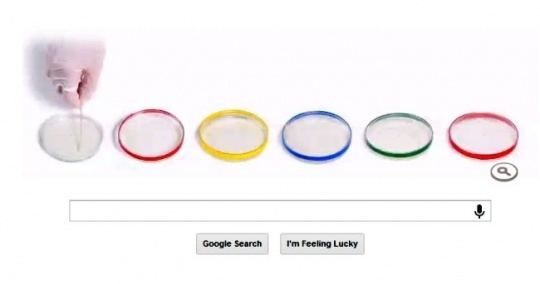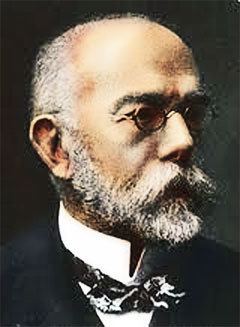Citizenship German Role Bacteriologist | Name Julius Petri Nationality Prussian Fields Microbiology, Surgeon | |
 | ||
Institutions Kaiserliches Gesundheitsamt, Gobersdorf sanatorium , Museum of Hygiene, Kaiserliches Gesundheitsamt Education Kaiser-Wilhelm-Akademie Medizin (1871–1876), Charite | ||
Julius richard petri google doodle video with music hd
Julius Richard Petri (May 31, 1852 – December 20, 1921) was a German microbiologist who is generally credited with inventing the device known as the Petri dish after him, while working as assistant to bacteriologist Robert Koch.
Contents
- Julius richard petri google doodle video with music hd
- Julius richard petri google doodle
- Life and career
- Importance of the Petri dish
- Works
- References

Julius richard petri google doodle
Life and career

Petri first studied medicine at the Kaiser Wilhelm Academy for Military Physicians (1871–1875) and received his medical degree in 1876. He continued his studies at the Charité Hospital in Berlin and had active duty as a military physician until 1882, continuing then as a reservist.

From 1877 to 1879 he was assigned to the Imperial Health Office (German: Kaiserliches Gesundheitsamt) in Berlin, where he became an assistant to Robert Koch. On the suggestion of Angelina Hesse, the New York-born wife of another assistant, Walther Hesse, the Koch laboratory began to culture bacteria on agar plates. Petri then invented the standard culture dish, or Petri plate, and further developed the technique of agar culture to purify or clone bacterial colonies derived from single cells. This advance made it possible to rigorously identify the bacteria responsible for diseases.
Importance of the Petri dish
Petri dishes are often used to make plates that are used for microbiology studies. The dish is partially filled with warm liquid containing agar, and a mixture of specific ingredients that may include nutrients, blood, salts, carbohydrates, dyes, indicators, amino acids and antibiotics. After the agar cools and solidifies, the dish is ready to receive a microbe-laden sample in a process known as inoculation or "plating". For virus or phage cultures, a two-step inoculation is needed: bacteria are grown first to provide hosts for the viral inoculum.
Often, the bacterial sample is diluted on the plate by a process called "streaking": a sterile plastic stick, or a wire loop which has been sterilized by heating is used to take the first sample, and make a streak on the agar dish. Then a fresh stick, or a newly sterilized loop, passes through that initial streak, and spreads the plated bacteria onto the dish. This is repeated a third, and sometimes a fourth time, resulting in individual bacterial cells that are isolated on the plate, which then divide and grow into single "clonal" bacterial colonies.
Petri plates are sometimes incubated upside down (agar on top) to lessen the risk of contamination from settling airborne particles and to prevent water condensation from accumulating and disturbing the cultured microbes.
Scientists have long been growing cells in natural and synthetic matrix environments to elicit phenotypes that are not expressed on conventionally rigid substrates. Unfortunately, growing cells either on or within soft matrices can be an expensive, labor-intensive, and impractical undertaking.
